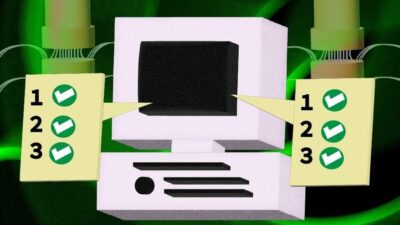Texas Instruments' aggregator ICs, the TLK10081, and TLK10022, are designed to reduce cable interconnect costs, power consumption, and development time for serial link-based systems.

Texas Instruments (TI) (NASDAQ: TXN) 10-Gbps serial link aggregator ICs, the TLK10081 1- to 8-channel and TLK10022 dual-channel ICs, allow system designers to reduce the number of gigabit serial links required for communications, video, imaging and other end equipment. They aggregate and de-aggregate point-to-point serial data streams for transmission over backplanes, copper cables and optical links. Both devices occupy a 70% smaller footprint than FPGAs and use only two power rails, compared to the five or six rails needed with FPGAs.
TI serial link aggregators directly connect serial links from data converters and processors without having to re-format the data for transmission in applications like wireless infrastructure, switches, routers, video surveillance, machine vision, high-speed imaging and optical transport systems. The TLK10081 can aggregate up to eight lanes of full-duplex, 1.25-Gbps data traffic onto a single 10-Gbps link for transmission over short-distance backplanes or copper cables up to 10 meters, or long-distance optical links.
The TLK10081 and TLK10022 can be combined with other TI devices to create a signal chain solution: ADS42JB69 dual 16-bit, 250-MSPS analog-to-digital converter (ADC) with JESD204B serial interface, SN65LVCP1414 14.2-Gbps 4-channel equalizer and SN65LVCP114 14.2-Gbps quad mux redriver. These new aggregator devices join TI’s growing portfolio of interface products that equalize, switch, re-time and aggregate high-speed serial links.
Texas Instruments
Analog | Embedded processing | Semiconductor company | TI.com
– See more Control Engineering industrial PC products.



